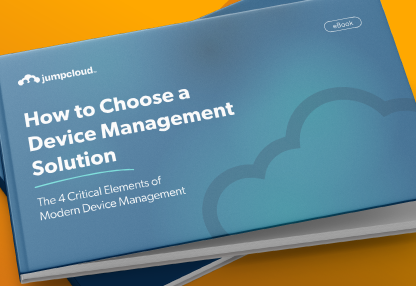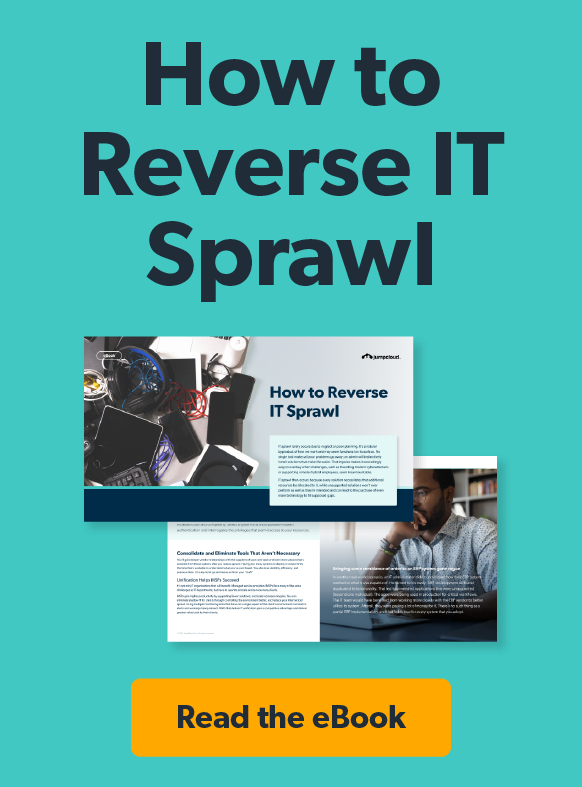Managing user accounts on Linux computers is one of the toughest jobs in IT. While Linux systems run a lot of our modern technology, their security systems for users are often old-fashioned. This can create security risks, extra work for IT staff, and problems with rules and regulations.
Linux identity management is all about controlling who can access Linux computers and what they can do. Old methods use separate tools and manual steps. This creates problems and security gaps, especially when a company has many computers or uses cloud services.
This article explains the main problems with managing user accounts on Linux and shows a better, more modern way to do it.
Key Terms to Know:
- Linux Identity Management is the process of creating and managing user accounts and permissions on Linux systems. This includes everything from setting up a new account to removing it when someone leaves.
- LDAP is a common protocol for storing and finding user information. It’s the base for most modern, centralized systems.
- SSSD is a program that lets Linux computers connect to a central system like LDAP to check user logins. It makes it easier to use a central database for all users.
- Kerberos is a security protocol that provides strong login protection. It uses encrypted “tickets” to prove a person’s identity without sending their password over the network.
- Hybrid environments are a mix of in-office computers and cloud services. This makes managing user accounts much more complicated.
The Main Problems with Linux Security
Problem 1: Everything is Separate
Most Linux computers use local files to store user information. This means each computer has its own list of users.
Imagine a company with a thousand Linux computers. When a new person joins, a system administrator has to manually create an account on every computer that person needs to use. When that person leaves, the administrator must remember to delete the account from every single computer—which is easy to forget.
Because of this, it’s almost impossible to have the same security rules on all computers. Things like password rules become a mess, creating weak spots.
Problem 2: Different Logins for Different Systems
Linux can use many different ways for people to log in, like local passwords, SSH keys, or Kerberos. A company might have some systems that use one method and others that use a different one.
This is a problem when you want to use advanced security, like Multi-Factor Authentication (MFA), which requires more than just a password. Some systems might be able to use MFA, while others can’t, leaving them vulnerable.
Problem 3: Manual and Error-Prone Work
Setting up and removing user accounts is often done by hand or with basic scripts. An administrator has to remember to give the right permissions and add users to the correct groups for each new account.
These manual steps often lead to mistakes. A new employee might get too many permissions, or an old employee’s account might stay active after they leave. Every mistake is a security risk.
Problem 4: Hard to Track Who Does What
It’s hard for companies to know who is accessing which Linux computers. To find out, they have to collect and analyze logs from many different places.
This makes it difficult to spot suspicious activity, follow security rules, or figure out what happened after a security incident. Often, administrators only find out about a security breach after a lot of damage has already been done.
How to Fix Linux Security: A Modern Plan
Step 1: Centralize Everything with a Directory Service
The best way to improve security is to stop using local user files and switch to a single, central database. Start by using a directory that holds all user and group information in one place.
Step 2: Standardize on a Strong Login Protocol
Use Kerberos as the standard login protocol for all your Linux systems. Kerberos uses a ticket-based system that keeps passwords from being sent over the network, which is much safer. Using Kerberos also makes it easier to add more advanced security features, like MFA.
Step 3: Automate User Management
Stop creating accounts by hand. Instead, use automated tools that can connect to your HR records and your central database. These tools can automatically create an account when a new person is hired and remove it when they leave.
Use these tools to give permissions based on a person’s job role. This reduces the risk of giving someone too many permissions.
Step 4: Integrate with Modern Security Platforms
Connect your Linux system to a modern security platform. These platforms give you a single dashboard to manage user accounts across all your computers, whether they’re Linux, Windows, or in the cloud.
These modern platforms can also provide a clear view of who has access to what, which makes it easier to follow security rules and audit what users are doing.
Things to Consider
- Be Prepared for Problems: Older Linux systems might need big changes to connect to modern security platforms. Always test new setups in a small environment first.
- Think About Performance: A central login system relies on the network. Make sure your system can handle many logins at once. Use SSSD to cache logins locally, so the network isn’t overloaded.
- Help Your Users: When you switch to a new login method, be sure to let your users know. Explain the changes and offer help if they have any problems logging in.
Securing Your Linux Infrastructure
Modernizing Linux security means tackling problems with separate systems, manual work, and limited visibility. By centralizing, standardizing, and automating, companies can make their systems much safer and easier to manage.
The plan in this article is a roadmap for turning a messy, manual process into a secure and efficient system. While it takes some careful work, the security benefits are worth it.





